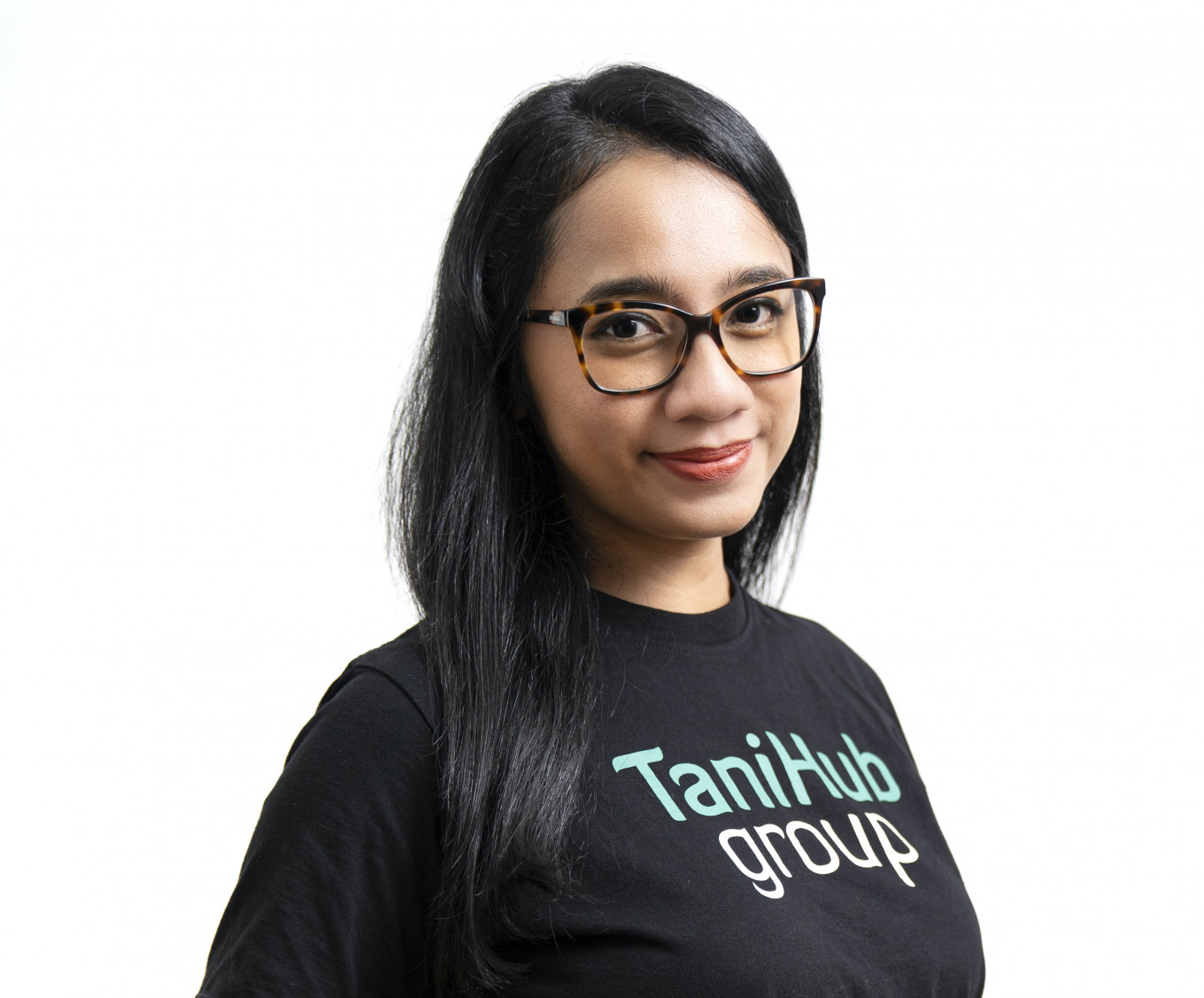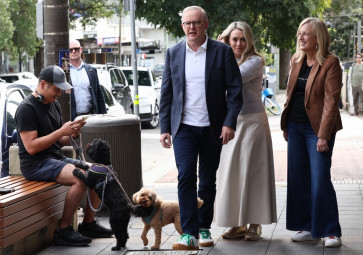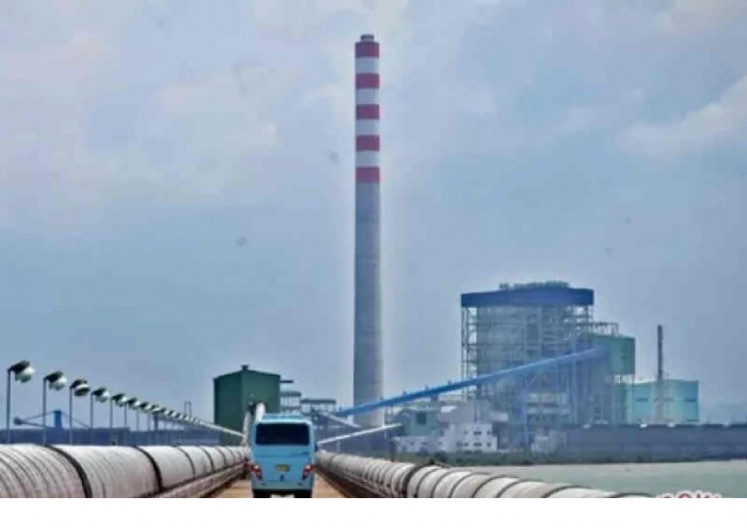TaniFund CSO says agriculture lender now eyeing SMEs
The chief strategy officer of agriculture lender TaniHub lets us in on the means and goals of the start-up, which uses technology to unlock opportunities for farmers and small business owners across the country.
Change text size
Gift Premium Articles
to Anyone

I
ndonesia’s agricultural sector posted annual growth of 2.59 percent in the fourth quarter of 2020 while the overall economy contracted 2.19 percent as a result of the COVID-19 pandemic.
However, farmers are often hard-pressed to get funding from formal institutions, such as banks, as most lack business track records, credit scores and reliable off-takers.
A lending platform for farmers has begun to tackle this problem. TaniFund has disbursed more than Rp 320 billion in loans to date and plans to double that number in the coming years.
Part of agritech start-up TaniHub Group, TaniFund recently became the first agricultural peer-to-peer (P2P) lender to receive a license from the Financial Services Authority (OJK).
The Jakarta Post’s Eisya A. Eloksari talked with TaniHub chief strategy officer Natalia Rialucky Marsudi on Aug. 25 during an online press conference to explore the company’s goals and its strategy in lending to farmers and small business owners across the country.
Question: What is your business target now that you have the OJK license?
Answer: First, we want to attract more farmers and small and medium enterprises (SMEs) in the food and beverage (F&B) sector. We have reached out to 4,000 farmers and SMEs but plan to finance 1 million borrowers.
We plan to triple or at least double our loan disbursement compared to when we started in 2017, to reach Rp 700 billion (US$48.5 million) in the next few years. For this year, however, we still aim to disburse Rp 500 billion in loans. We also have around 15,000 lenders now and plan to increase that number.
Why did you decide to focus on funding SMEs during the pandemic and what are the prospects?
We see that banks are in a wait-and-see mood when it comes to SME funding, but when there is a tough situation in the market, that is an opportunity to help.
Over the past year, many people who lost their jobs due to the pandemic decided to open home industries, especially in the F&B sector. So, we believe the market opportunity is there.
More than 80 percent of our portfolio mix right now is farmers, and less than 20 percent is SMEs. This is because farmers’ loans are bigger than those for SMEs. Also, our SME funding is still new, but we are positive that it can grow as fast as and make up the same proportion as our lending to farmers.
We also just released our micro loan option, in which people can get Rp 3 million to Rp 10 million in funding, which is quite fitting for our SME partners.
Can you share with us your strategy for reaching your goals?
First, we want to focus on technological advancement. Farmer acquisition used to rely on an offline approach, because farmers’ digital literacy and internet adoption is usually lower than that of the general population. Our field officers would typically only spend time with one or two farmers a day, but now we can utilize technology like video calls to acquire farmers and quickly scale up the acquisition process.
Second, strategic partnerships will also be one of our growth drivers. We want to partner with other fintech companies, financial institutions as well as state-owned enterprises and region-owned enterprises. It is not easy to finance agriculture, which is why partnerships are the only way to do it.
There are 33 million farmers in Indonesia that need help meeting different needs, so we are open to supporting other agriculture lending platforms. We can say we are a trailblazer in this segment, and hopefully we will not be the last agriculture-focused P2P lender to receive the OJK license.
Can you share with us your expansion plan?
Most of our operations right now are in Java and Bali. Using technology and partnerships will help us extend our services to western and eastern Indonesia.
We know the agricultural opportunities of each province. The make-or-break factor to fund these opportunities is the availability of partners, such as off-takers and guarantors.
We already have partners in East Nusa Tenggara (NTT) and West Nusa Tenggara (NTB), and we have started some projects there, such as for corn, rice and other crops.
There are many more opportunities to unlock. In the long run, we see the portion of projects outside of Java and Bali dominating.
How does TaniFund control its nonperforming loan (NPL) ratio?
We haven’t seen any extreme changes in our loan performance. We have so far kept our 90-day success loan settlement rate (TKB90) at 100 percent, so it is safe to say that the impact is minimal.
To mitigate risks, we partner with insurance companies, and have developed an advanced credit scoring system by adding more data points as well as making sure that all our farmers have off-takers.
As a P2P lending platform, the solvency ratio and credit risk ratio are crucial, and one of the ways to make sure both are checked is by having off-takers and guarantors, which makes us confident about offering loans.
What challenges are there in funding agriculture projects?
Our pain points are very different from those of other P2P lending firms. One challenge is to curate projects that have clear return projections. This can take weeks and even months, especially when dealing with farmers that are not accustomed to fintech.
Market absorption through the off-taker is one of the biggest issues that can make or break the project. Other challenges are the risk of bad weather and crop failure.
There are also challenges from seasonal off-takers that buy certain products when they are in high demand. Buyers also often switch suppliers, and then it becomes difficult to find another off-taker.









